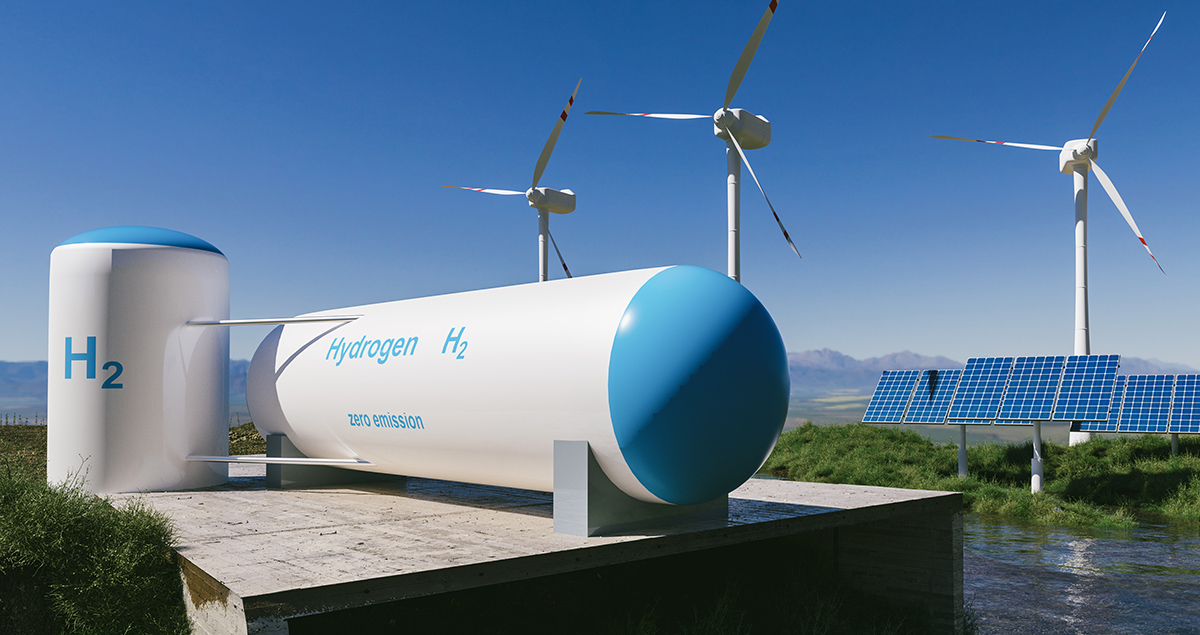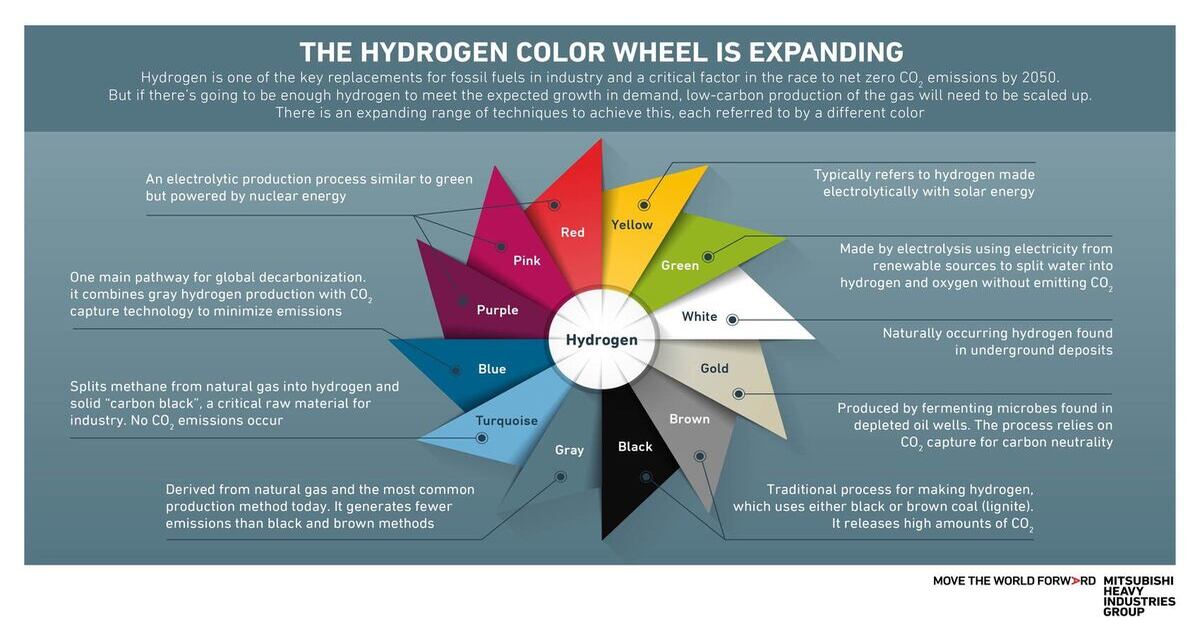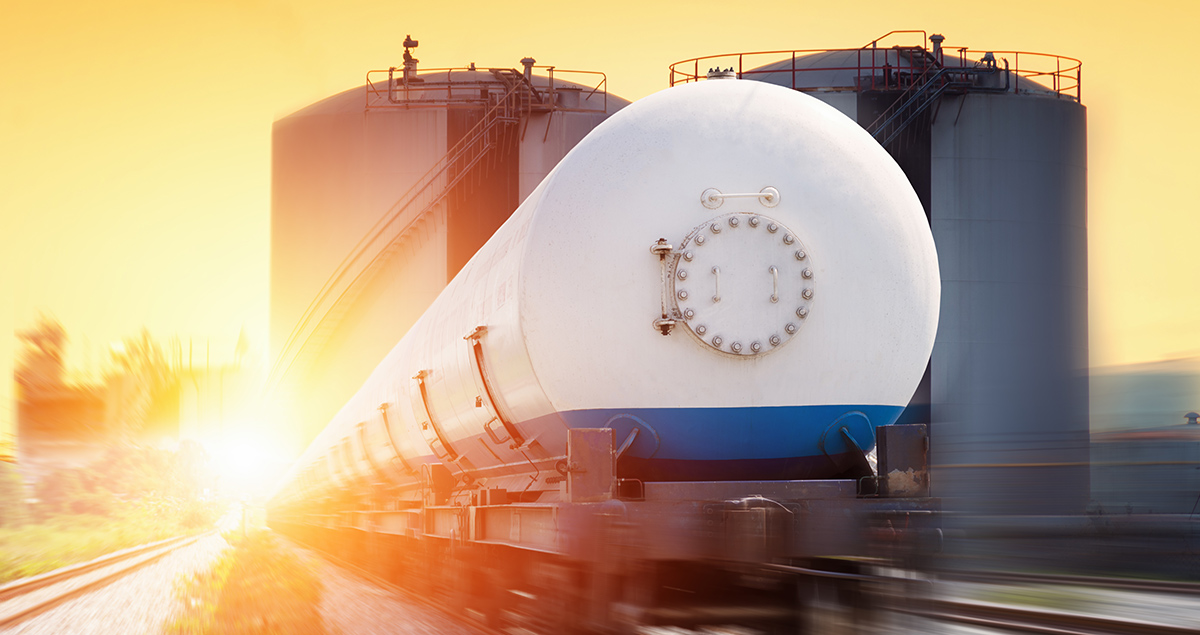5 key steps to making the global hydrogen economy a success

This article was originally published on 22 October 2020 and updated on 14 November 2022
In 1792, William Murdoch switched the lights on at his home in Cornwall, U.K. — and, you might say, laid the foundations for the hydrogen society.
An engineer with the Boulton & Watt company, he was the first person in the world to use piped ‘coal gas’ for domestic lighting. The fuel was also known as ‘town gas’, and it was made up of hydrogen and carbon monoxide.
Eventually electricity and natural gas replaced town gas. But more than 200 years down the line, the world has come full circle: countries around the globe are putting their legislative weight behind hydrogen as a carbon-free alternative to fossil-fueled energy generation.
COP26 served as a rallying point for many policy initiatives. The International Energy Agency (IEA) reported that 26 governments had committed to hydrogen to decarbonize their energy systems by November 2021 and policy momentum is continuing to build around the world.
Hydrogen infrastructure projects are also mushrooming. There are close to 1,000 low-carbon hydrogen projects currently operating or in development, according to the IEA’s project database. COP27 and COP28 could raise the bar higher.
But despite this momentum, less than 1% of global hydrogen volumes is low carbon or CO₂-free — the vast majority is produced from fossil fuels. To get to net zero emissions by 2050, the pace needs to pick up to produce the amounts of clean hydrogen needed.
Accelerating progress will depend on scaling the carbon-free production of hydrogen and making it easily accessible where it’s needed. Here are five things that will help take us toward a hydrogen society.

1. Advancing green hydrogen production
According to the IEA’s Global Hydrogen Review 2021, the green hydrogen market has proved resilient through the pandemic.
The global capacity of electrolyzers — which use electricity to break water into hydrogen and oxygen, and can be powered with renewable electricity — has doubled over the past five years. Around 350 new projects to produce clean hydrogen electrolytically from water were under development in 2021, with another 40 at planning stage.
If all those projects come to fruition, global hydrogen supply from electrolyzers could reach more than 8 million tonnes by 2030. This is still a long way from the 80 million tonnes required by then to reach net zero CO₂ emissions by 2050, according to the IEA.
Some of the outstanding projects include Hamburg Green Hydrogen Hub in Germany, which involves Mitsubishi Heavy Industries (MHI), and Spain’s HyDeal Ambition — the world’s largest renewable hydrogen project to date.
The momentum is extending beyond Europe, too, with sizable projects planned in Kazakhstan, Mauritania, Oman and Egypt, while Australia is emerging as a hub for Asia Pacific’s hydrogen economy.
To build a sustainable market, such facilities need to proliferate and production methods have to mature. Along with building demand, this will help make green hydrogen more cost-competitive compared with both traditional production methods and fossil fuels.

2. Low carbon ‘blue’ hydrogen to build demand
To achieve this goal, finding new ways of generating low-carbon hydrogen — beyond electrolysis — is vital. The ‘hydrogen wheel’ has expanded dramatically, featuring anything from purple — electrolysis using nuclear energy — to turquoise hydrogen, where methane is split into hydrogen and solid carbon.
Among all the colors of hydrogen, traditional synthesis of hydrogen from natural gas with CO₂ capture technology (‘blue hydrogen’) has received a lot of political and market attention.
This is because the hydrogen economy faces a ‘chicken and egg’ scenario.
To scale the production of green hydrogen, there needs to be sufficient demand for it in the first place. But to satisfy this demand, enough hydrogen must be available. This means scaling up quickly.
CO₂ capture, utilization and storage (CCUS) decarbonizes the traditional production process. It is often seen as an essential bridging technology to build the hydrogen economy’s demand and supply cycle until green hydrogen comes of age.
Today, 16 projects producing hydrogen from fossil fuels with CO₂ capture technology are operational, with another 50 under development, according to the IEA. North America makes up 80% of global capacity production, but Europe is also ramping up, with the UK and the Netherlands accounting for a major part of projects under development.
3. Getting hydrogen to where it’s needed
As the slow progress of the electric vehicles market has shown, easy access to infrastructure — i.e. charging stations — is critical to building demand. That’s why developing the underlying infrastructure for hydrogen will be fundamental to success.
Storage is one element of this. Currently, there are few storage facilities for hydrogen, because of its low volumetric energy density and the need for cryogenics to contain it.
Geological storage in salt caverns is one solution. Examples are Advanced Clean Energy Storage in Utah, and a similar project in Texas, where MHI is involved in extracting salt from giant caverns to create hydrogen storage.
Aside from geological solutions, the conversion of hydrogen to ammonia holds the greatest potential. Ammonia is a denser gas and therefore easier to store and transport. It can either be re-converted into hydrogen or used as a fuel in its own right in industry and power generation. Mitsubishi Shipbuilding has recently introduced an ammonia-fueled ammonia carrier.
Alongside this, pipeline networks will be important to get hydrogen to its end-users. The EU has recognized this need with its European Hydrogen Backbone initiative for a network spanning 23,000km across 10 countries by 2040. The HyDeal Ambition project in Spain aims to distribute hydrogen using existing gas pipelines. And in the UK, the national gas network’s capacity to carry hydrogen is currently being tested.

4. Transition in heating
The UK pipeline trial closes the loop from hydrogen’s original use in the home, reintroducing it back into our neighborhoods — for heating.
Half of the world’s energy consumption goes on heating — for homes, industry and other applications. But 60% of it is still met by fossil fuels. In 2021, direct emissions from heating accounted for 80% of direct CO₂ emissions in the buildings sector.
In Japan, the Ene-Farm program has been installing hydrogen fuel cells to provide heat and electricity for homes and businesses since 2009. The government is aiming to install 2.5 million units by 2030.
In Europe, heating accounts for 63% of household energy use. The majority of homes still rely on natural gas boilers. Renewable energy covers only 27% of demand. That presents a significant opportunity for hydrogen as a carbon-free alternative in the existing gas grid.
The H21 project is currently testing if the UK home gas network — converted from hydrogen-heavy ‘town gas’ in the 1970s — could carry hydrogen again. The latest calculations from energy analysts Cornwall Insight suggest that a blend of natural gas and green or blue hydrogen would cost homes only 5% more on average in the period between 2025 and 2049.

5. Common standards for growth of the hydrogen economy
Thinking back to the era of engineer William Murdoch and those who followed him, standardization has played a significant role in growing the addressable market for gas — as well as for electricity and many other industries. Harmonization and international cooperation, therefore, need to be at the top of the political agenda.
In its hydrogen strategy, the European Commission has made a point of highlighting the importance of integrating the EU’s entire energy system, overcoming national and sectoral silos, as well as advocating an international harmonization of standards.
Globally, harmonization may not be straightforward to realize as global markets are at very different stages of development. However, initiatives such as the COP26 and forthcoming COP27 and COP28 meetings, as well as the Hydrogen Energy Ministerial Meetings, provide important platforms to align and promote hydrogen internationally.
This underlines that we can no longer rely solely on pioneers and inventors like Murdoch. We need to bring together industry leaders, civil society, governments and regulators to build the infrastructure necessary for a global shift to hydrogen — and lower carbon emissions.
Discover more about MHI’s thought in our whitepaper: Hydrogen and Ammonia





